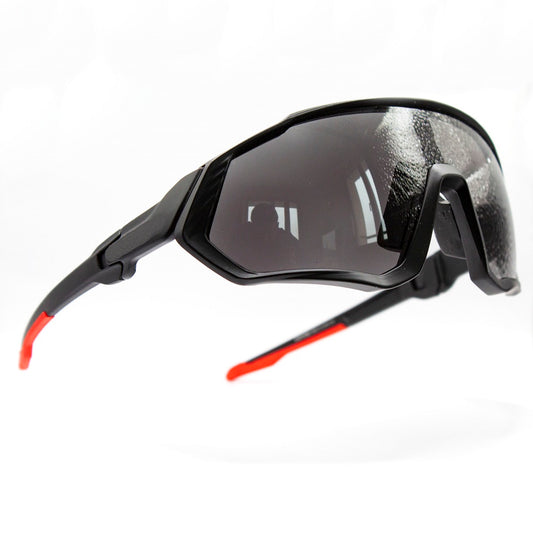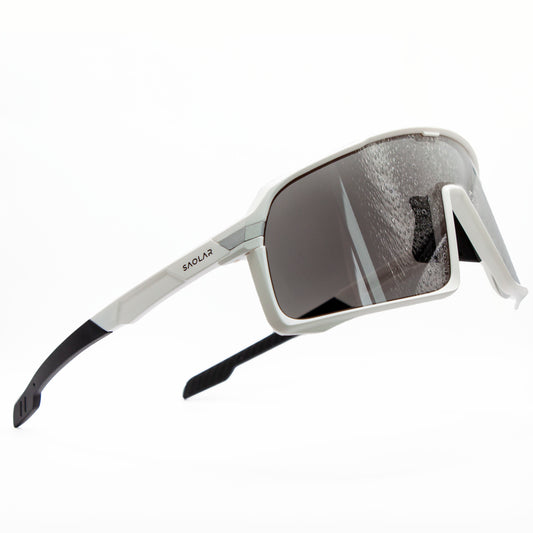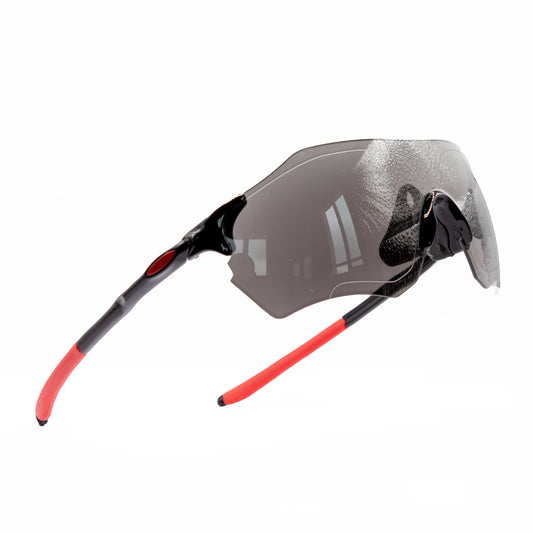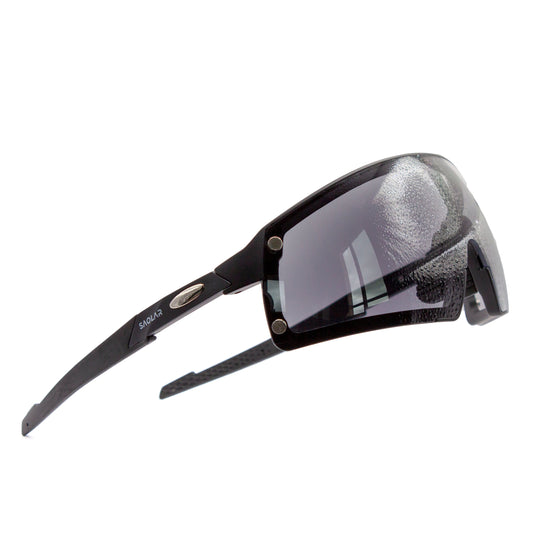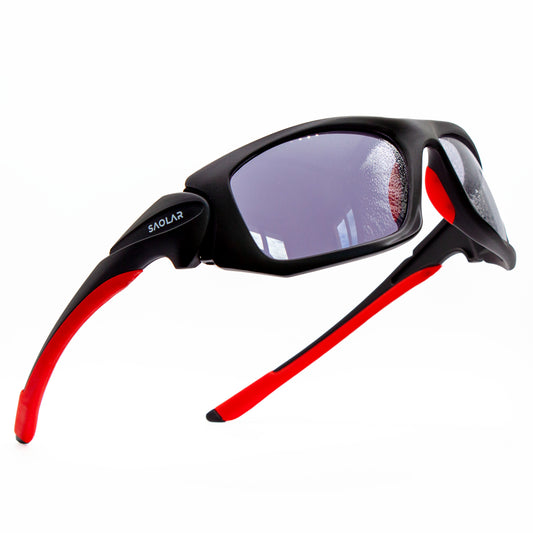Bike Frame Size Calculator
1. Introduction to Bike Sizing Guide: How to Measure Bike Size
Selecting the right bike size is not just a matter of comfort; it's crucial for preventing injuries and ensuring an enjoyable riding experience. This guide will provide a comprehensive overview of how to measure bike size effectively. Whether you're an avid mountain biker, a road cyclist, or simply enjoy leisurely rides, understanding the specifics of bike sizing guide principles is essential.
The process involves several key measurements, each crucial for determining the ideal bike fit. We'll delve into how to measure bike frame size, which is the foundation of finding the right bike. It's important to know how are bikes measured to ensure accuracy in your selection. The frame size, often misunderstood, is more than just the height of the bike; it's about the right fit for your body dimensions.
For those interested in specific types of cycling, like mountain bike sizing, we'll cover the nuances that make each bike type unique. Moreover, we'll explain the importance of bike size for height and how this simple measurement can significantly impact your cycling experience.
In addition to general sizing, this guide will provide specialized information on how to measure bike size for adults. Adults' bikes vary greatly in size and style, and understanding how to choose the right one is key for both performance and comfort. We'll use a bike size chart as a reference to simplify this process.
Lastly, the guide will clarify how to measure a bike in a way that's easy to understand and apply. Whether you're measuring the frame size or determining the right wheel size, we'll guide you through each step of the process. This includes a detailed look at how to measure frame size, a critical aspect of bike sizing.
Stay tuned as we delve into the world of bike sizing, where precision leads to comfort and performance on every ride.
2. Using the Bike Size Chart for Accurate Sizing
Utilizing a bike size chart is a pivotal step in selecting the right bike. These charts serve as a valuable tool in the bike sizing guide, offering a quick reference to match your body measurements with the appropriate bike dimensions. To effectively use a bike size chart, first, determine your height and inseam measurement, which are crucial for bike size for height considerations.
When you measure bike frame size, refer to the chart to find the corresponding frame size that matches your measurements. Remember, these charts often vary for different bike types; what applies for a road bike might differ for mountain bike sizing. This is why understanding how to measure frame size and how to measure bike size for adults is essential, as adult bikes come in a variety of styles and sizes.
It’s also important to note that while these charts provide a good starting point, they are not infallible. Personal comfort, riding style, and specific bike geometries play a significant role. Therefore, after consulting the chart, it's advisable to test ride the bike if possible, to ensure it feels right.
In summary, a bike size chart is a helpful guide, but it should be used as part of a broader approach that includes personal fit and comfort. Remember, how to measure a bike involves more than just numbers; it's about how the bike feels when you ride.
3. Measure Bike Frame: The Essential Step in Bike Sizing
Measuring the bike frame is a fundamental aspect of finding the right bike size. To measure bike frame correctly, you need to focus on two main points on the bike: the top of the seat tube and the center of the bottom bracket. The seat tube is where the seat post is inserted, and the bottom bracket is the part holding the crank arms together.
To measure bike frame, follow these steps:
- Locate the top of the seat tube.
- Find the center of the bottom bracket.
- Measure the distance between these two points.
- Record the measurement in both centimeters and inches.
This measurement is your bike frame size, often referred to as the seat tube length. Refer to a bike size chart to correlate this measurement with the recommended bike frame size for your height. This is particularly important in how to measure bike size for adults, as adult bikes vary significantly in frame size.
Remember, how are bikes measured can differ slightly based on the type of bike, such as in mountain bike sizing. Always check the specific measurement guidelines for the type of bike you are interested in. Understanding how to measure frame size is key to ensuring a comfortable and efficient ride.
4. Bike Size for Height: Key to Adult Bike Sizing
Choosing the right bike size for an adult largely depends on the rider's height. The bike size for height method is a reliable way to determine the most suitable bike size. Here are the steps to measure an adult's bike size based on height:
- Measure Your Height: Stand straight against a wall, without shoes, and measure your height. This measurement is crucial as it influences the frame size you'll need.
- Consult a Bike Size Chart: With your height measurement, refer to a bike size chart. These charts usually categorize bike sizes based on rider height, making it easier to find a starting point.
- Consider the Type of Bike: Different types of bikes, like road or mountain bikes, have different sizing standards. When considering mountain bike sizing, for example, you might prefer a slightly different size for better control and maneuverability.
- Additional Measurements: While height is a good starting point, consider other factors like arm and leg length, which can affect your comfort and efficiency on the bike.
Remember, how to measure bike size for adults involves a combination of height, riding style, and the specific geometry of the bike. It's always recommended to test ride a bike when possible to ensure it feels right.
5. How to Measure Bike Size for Adults: A Detailed Guide
Measuring bike size for adults involves several steps to ensure the perfect fit. Follow these guidelines:
- Height Measurement: First, accurately measure your height. Stand against a wall, without shoes, and mark the top of your head. Measure from the floor to this mark. Your height is a primary factor in determining bike size.
- Inseam Measurement: The inseam is crucial for bike size for height. Stand with your back against the wall and a book between your legs, spine up. Measure from the top of the book to the floor. This measurement helps in determining the standover height of the bike.
- Refer to a Bike Size Chart: Use a bike size chart to match your height and inseam measurements with the appropriate bike frame size. Remember, charts may vary based on bike types like mountain bike sizing.
- Measure the Bike Frame: For more accuracy, measure bike frame size by measuring the distance from the top of the seat tube to the center of the bottom bracket.
- Consult a Bike Sizing Guide: A comprehensive bike sizing guide can provide additional insights and adjustments specific to the type of bike, be it a road bike, mountain bike, or a hybrid.
Following these steps, you can accurately measure bike size for adults, ensuring comfort, efficiency, and safety in your cycling experience.
6. How to Measure a Bike: Understanding Bike Frame Dimensions
Measuring a bike correctly involves understanding various frame dimensions. Here's how to approach it:
- Frame Size Measurement: The frame size, measured from the top of the seat tube to the center of the bottom bracket, is crucial. This is where you measure bike frame and how to measure frame size.
- Top Tube Length: Measure the length of the top tube, which can affect your reach and comfort on the bike. This is especially important for mountain bike sizing.
- Standover Height: This is the height from the ground to the top tube. Ensure there’s enough clearance for safety and comfort, particularly for bike size for height considerations.
- Wheel Size: Wheel size, often mentioned in a bike size chart, also influences bike size, especially in mountain and children’s bikes.
- Seat Height and Position: Adjusting the seat height and position can fine-tune your bike fit, an important part of how to measure a bike.
- Handlebar Height and Reach: This impacts your riding posture and comfort, especially for long rides or specific biking styles.
By understanding these dimensions, you can effectively use a bike sizing guide and ensure you select a bike that fits your body and riding style, essential for how to measure bike size for adults.
7. Mountain Bike Sizing: Selecting the Perfect Fit
Mountain bikes require specific considerations for sizing due to their unique design and intended use. Here's what to keep in mind:
- Frame Size Matters: Use a mountain bike sizing chart to find the right frame size. Measure bike frame as you would for any other bike, but remember mountain bikes often have different sizing standards.
- Riding Style Impact: The type of mountain biking you plan to do (cross-country, trail, enduro, downhill) can influence the ideal frame size.
- Standover Height: More crucial in mountain biking for maneuverability and safety. Ensure there's adequate clearance between you and the top tube when standing over the bike.
- Wheel Size: Mountain bikes come in various wheel sizes, each offering different advantages. Refer to a bike size chart for guidance on how wheel size relates to frame size.
- Test Ride if Possible: As with how to measure bike size for adults, the best way to ensure a good fit is to test ride the bike. This helps you feel how the bike handles and fits your body.
Remember, comfort and control are key in mountain biking, making proper sizing essential.
8. How to Measure Frame Size: Inseam Measurement Techniques
Inseam measurement is a critical aspect of determining the right bike frame size. Here's how to do it:
- Preparation: Stand against a wall, wearing the shoes you'd typically use for cycling.
- Book Method: Place a book or similar object between your legs, mimicking a bike seat's position. Ensure it's snug against your body.
- Measure: Have someone measure from the top of the book (simulating the bike's saddle) straight down to the floor. This is your inseam measurement.
- Refer to a Bike Size Chart: Use your inseam measurement with a bike size chart to determine the appropriate frame size. This is particularly useful for mountain bike sizing and how to measure bike size for adults.
- Standover Height: Compare your inseam to the standover height of the bike. Ideally, there should be an inch or two of clearance between you and the top tube of the bike.
Inseam measurement is not just about leg length; it's about ensuring overall comfort and efficiency in your bike's fit.
9. How are Bikes Measured: Height and Inseam as Key Factors
Height and inseam are fundamental measurements for bike sizing. Here's why they are crucial:
- Height Measurement: Your overall height gives a general indication of the bike frame size that would be suitable for you. It's the starting point in how to measure bike size.
- Inseam Measurement: Inseam is more specific than height and relates directly to leg length. It's essential for determining the standover height of a bike, which is critical for comfort and safety, especially in mountain bike sizing.
- Applying Measurements: Use both height and inseam measurements with a bike size chart to find the right-sized bike. This is especially important in how to measure bike size for adults.
- Bike Frame Measurement: Understanding how to measure frame size and measure bike frame can help refine your choice further, ensuring a more personalized fit.
Conclusion
In conclusion, getting the right bike size is paramount for a comfortable and enjoyable cycling experience. Here's a quick recap of what we've covered in this comprehensive guide:
- We introduced the concept of bike sizing and emphasized its importance, ensuring you understand the significance of getting it right.
- We discussed how to effectively utilize a bike size chart as a valuable tool in the sizing process.
- You learned the essential steps involved in how to measure bike size, covering aspects like frame measurement, inseam, and the critical role they play in finding the perfect fit.
- We delved into the specific considerations for mountain bike sizing, highlighting the influence of riding style and frame dimensions.
- The importance of understanding how are bikes measured in terms of height and inseam was emphasized, providing a holistic approach to bike sizing.
As you embark on your cycling journey, remember that a well-fitted bike can make all the difference in your comfort, performance, and safety. Whether you're an adult, child, or considering a mountain bike, following these guidelines and utilizing a bike sizing guide will help you make the right choice. Happy cycling!
Explore Bike Accessories and Expert Guides!
Now that you've gained valuable insights into how to measure bike size and find the perfect fit, it's time to put this knowledge into action. Whether you're a seasoned cyclist or just starting, using the information in this comprehensive guide will ensure that your next bike purchase is a perfect match for you.
But your cycling journey doesn't end here. Explore the world of cycling accessories and gear to enhance your riding experience:
- Dive deeper into bike geometry with our article on Bike Geometry Charts: Understanding Reach and Stack.
- Discover the importance of VLT (Visible Light Transmission) in sunglasses for mountain biking in our post What is VLT in Sunglasses and Why It Matters in Mountain Biking.
- Get insights into the choice between photochromic lenses and polarized sunglasses for cycling with our comprehensive analysis Photochromic Lenses vs. Polarized Sunglasses for Cycling: A Comprehensive Analysis.
- Understand the significance of selecting the right sunglasses category for cycling in our guide Selecting the Right Sunglasses Category for Cycling.
Your cycling adventure awaits, and SAOLAR is here to provide you with the knowledge and gear you need to make the most of it. Happy riding!



